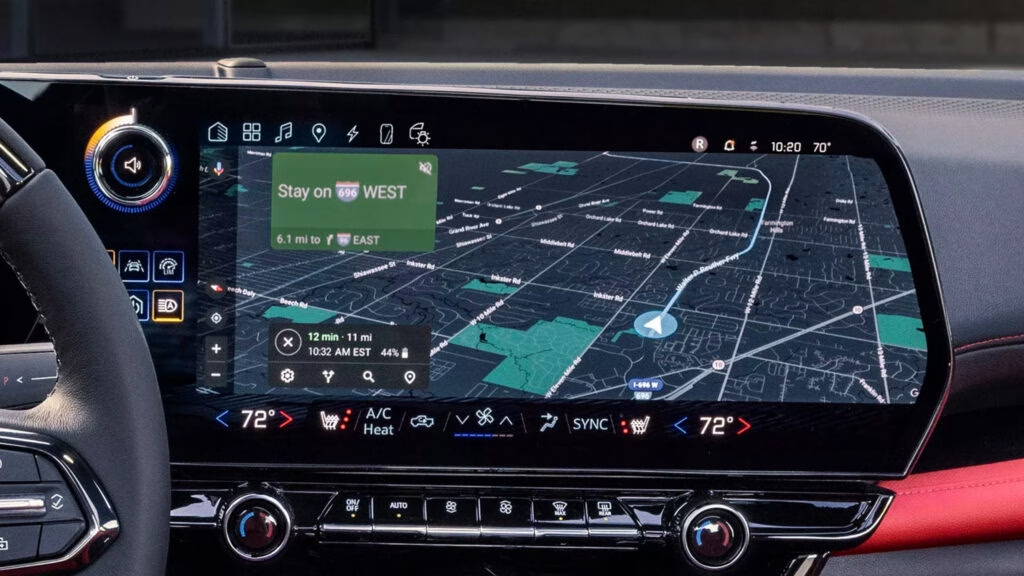Why Are Fewer Drivers Paying for In-Car Connected Services?
If you’ve bought a new car in the last few years, chances are it came loaded with a slick touchscreen and a pitch for “connected services.” Automakers love to show off these features—remote start, navigation, streaming apps, and more—all available for a monthly fee after your free trial runs out. But here’s the twist: more and more drivers are saying, “No thanks.” According to the latest S&P Global Mobility data, the number of people paying for these subscriptions has dropped for the second year in a row. Only 68 percent of drivers polled in 2025 said they’d pay for connected services, down from the previous year.
What’s behind this shift? For many, it’s simple math and a bit of principle. Why shell out for a car-based navigation system when your smartphone already does the job—often better and for free? And let’s be honest, nobody likes the feeling of paying twice for the same thing. The result? A growing number of drivers are letting those subscriptions lapse once the free trial ends.
Are Drivers Actually Using These Features?
You might think everyone’s hooked up and loving it, but the numbers tell a different story. In the US, 19 percent of drivers are using a free trial, 35 percent are paying for connected services, and a whopping 38 percent aren’t connected at all. That’s not just an American trend, either. Across Western countries like the UK, Germany, and France, as well as in Japan and Brazil, the largest group of drivers reported not using connected services.
Interestingly, the picture changes in places like China, South Korea, and India. In China, for example, only 10 percent of drivers aren’t connected—mainly because free trials are far more common. But even in these markets, the challenge remains: turning free users into paying customers.
Why Don’t Drivers Want to Pay for Car Subscriptions?
Let’s cut to the chase: most drivers don’t want to pay for features that feel redundant. If your phone already streams music, provides navigation, and lets you check the weather, why pay extra for your car to do the same? It’s a fair question, and it’s one automakers haven’t answered convincingly.
Another sticking point is the dreaded paywall. Imagine buying a car with heated seats, only to discover you have to pay a monthly fee to actually use them. That’s left a sour taste for many buyers, sparking backlash and even lawsuits in some cases.
Then there’s privacy. With headlines about automakers selling driver data or suffering data breaches, it’s no wonder people are wary. A 2024 Pew Research Center survey found that 79 percent of Americans are concerned about how companies use their personal data. When it comes to connected cars, those fears are front and center.
Are People Who Pay for Connected Services Satisfied?
Here’s where things get interesting. Drivers who do pay for connected services generally report being satisfied—but satisfaction is slipping. S&P Global Mobility’s research shows that while users appreciate the convenience, their overall happiness with these services has dropped compared to previous years. It’s a warning sign for automakers who hoped subscriptions would be a gold mine. General Motors and Stellantis, for instance, had projected annual subscription revenues in the tens of millions, but the reality is looking a lot less rosy.
What Features Would Drivers Actually Pay For?
So, what would make drivers reach for their wallets? The answer isn’t one-size-fits-all. Some are willing to pay for true convenience—think advanced driver assistance, real-time traffic updates, or remote diagnostics that actually save time and money. Others might spring for entertainment options that go beyond what a phone can offer, like in-car Wi-Fi for the whole family on a road trip.
But here’s the catch: whatever the feature, it needs to feel genuinely valuable and not just a repackaged smartphone app. Automakers who figure out that sweet spot—offering something unique, seamless, and secure—stand a much better chance of winning over skeptical drivers.
What’s Next for Connected Car Services?
The trend is clear: drivers are getting pickier about what they’ll pay for, and automakers can’t rely on subscriptions as easy money. The industry is at a crossroads. Will car companies double down on paywalls, or will they rethink their approach and focus on features that truly enhance the driving experience? Some are already experimenting with bundled packages, flexible pricing, or even rolling certain features into the cost of the car itself.
The big takeaway? Connected car tech isn’t about perfection—it’s about smarter adjustments. Start with one change this week, and you’ll likely spot the difference by month’s end. Whether you’re a driver weighing your next subscription or an automaker rethinking your strategy, the message is the same: value, trust, and a little common sense go a long way.

